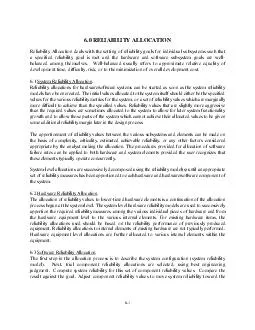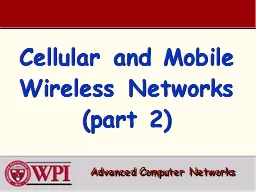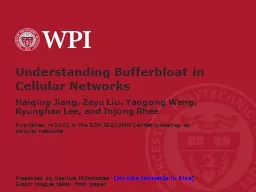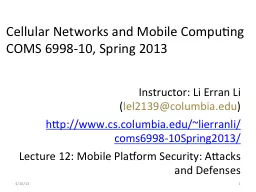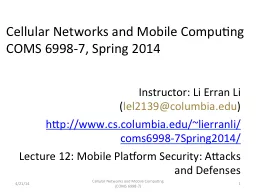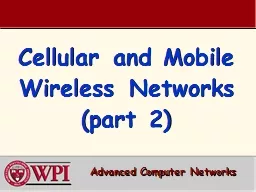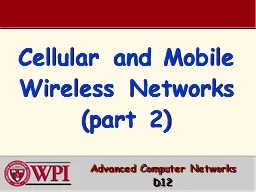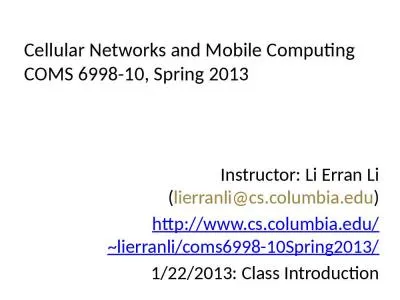PPT-Resource Allocation Techniques for Cellular Networks in TV White Space Spectrum
Author : trish-goza | Published Date : 2019-10-31
Resource Allocation Techniques for Cellular Networks in TV White Space Spectrum Farzad Hessar Sumit Roy University of Washington April 2014 Outline Introduction
Presentation Embed Code
Download Presentation
Download Presentation The PPT/PDF document "Resource Allocation Techniques for Cell..." is the property of its rightful owner. Permission is granted to download and print the materials on this website for personal, non-commercial use only, and to display it on your personal computer provided you do not modify the materials and that you retain all copyright notices contained in the materials. By downloading content from our website, you accept the terms of this agreement.
Resource Allocation Techniques for Cellular Networks in TV White Space Spectrum: Transcript
Download Rules Of Document
"Resource Allocation Techniques for Cellular Networks in TV White Space Spectrum"The content belongs to its owner. You may download and print it for personal use, without modification, and keep all copyright notices. By downloading, you agree to these terms.
Related Documents


